Archives
- 2018-07
- 2018-10
- 2018-11
- 2019-04
- 2019-05
- 2019-06
- 2019-07
- 2019-08
- 2019-09
- 2019-10
- 2019-11
- 2019-12
- 2020-01
- 2020-02
- 2020-03
- 2020-04
- 2020-05
- 2020-06
- 2020-07
- 2020-08
- 2020-09
- 2020-10
- 2020-11
- 2020-12
- 2021-01
- 2021-02
- 2021-03
- 2021-04
- 2021-05
- 2021-06
- 2021-07
- 2021-08
- 2021-09
- 2021-10
- 2021-11
- 2021-12
- 2022-01
- 2022-02
- 2022-03
- 2022-04
- 2022-05
- 2022-06
- 2022-07
- 2022-08
- 2022-09
- 2022-10
- 2022-11
- 2022-12
- 2023-01
- 2023-02
- 2023-03
- 2023-04
- 2023-05
- 2023-06
- 2023-07
- 2023-08
- 2023-09
- 2023-10
- 2023-11
- 2023-12
- 2024-01
- 2024-02
- 2024-03
- 2024-04
- 2024-05
- 2024-06
- 2024-07
- 2024-08
- 2024-09
- 2024-10
- 2024-11
-
The following are the supplementary data related to
2018-10-22
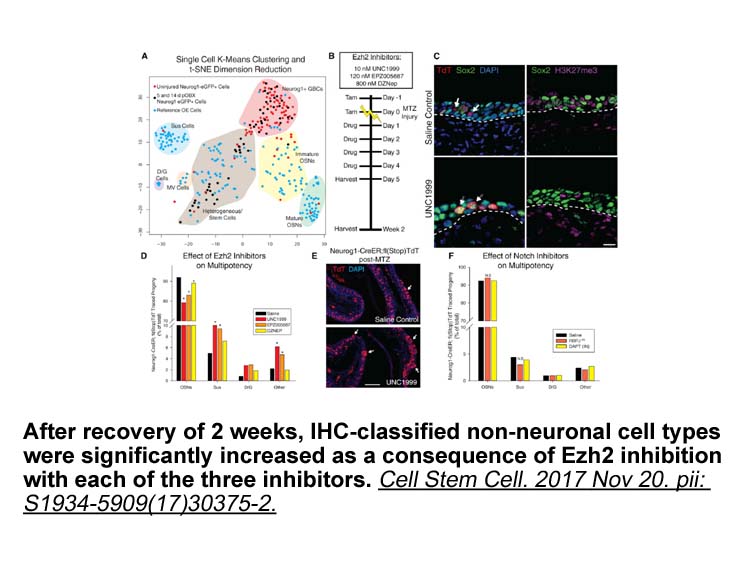
The following are the supplementary data related to this article. Acknowledgments We thank Kati Hansen and Robert Kuhnert for excellent technical assistance and Rolf Kemler for helpful discussions and sharing reagents. We are grateful to Benoît Kanzler and Caroline Johner from the transgenic and
-
br Materials and methods br Results br Discussion Microglia
2018-10-20
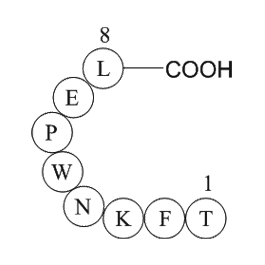
Materials and methods Results Discussion Microglia are resident immune ccr5 antagonist in the CNS that regulate innate immunity and participate in adaptive immune response (Hanisch and Kettenmann, 2007). However, the roles of microglia in AD pathology are still under debate. While there is
-
br Materials and methods br Resource table br
2018-10-20
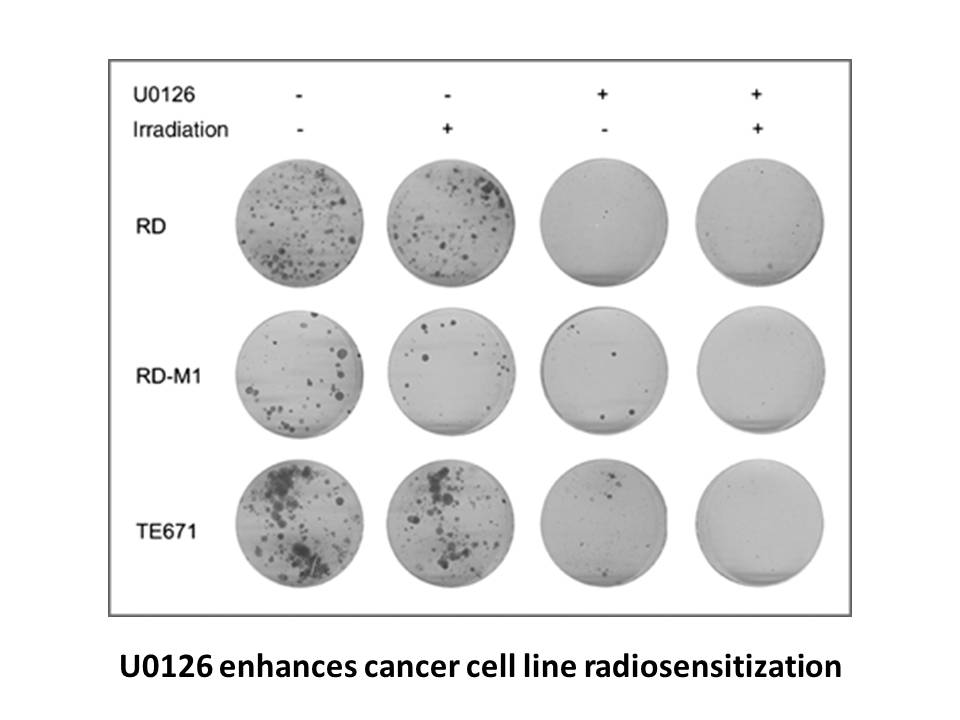
Materials and methods Resource table. Resource details Fanconi anemia (FA) is caused by genetic defects in the Fanconi anemia pathway (FA-pathway), which is involved in DNA inter-strand cross-link repair. The disease is characterized by progressive bone marrow failure with a significant num
-
The following are the supplementary data
2018-10-20
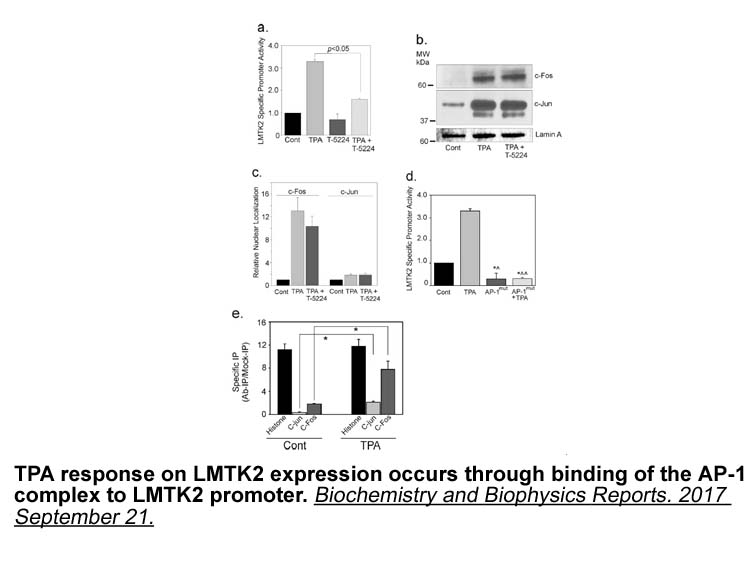
The following are the supplementary data related to this article. Introduction Mammalian hematopoiesis is a dynamic process that is regulated spatially and temporarily through embryonic development (Baron and Fraser, 2005; Godin and Cumano, 2002; Palis et al., 1995). In mouse embryos, the initia
-
Based on our results we propose
2018-10-20
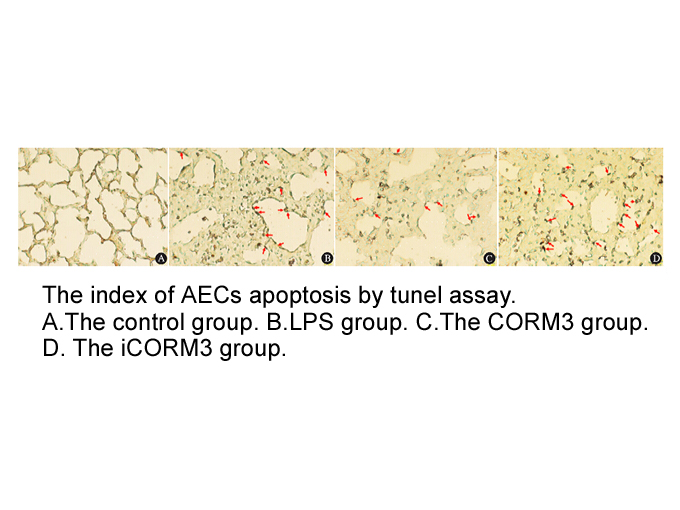
Based on our results, we propose a panel of potential hiPSC protein markers from the above-mentioned 22 proteins (Supplementary Table 12). We intentionally used three previously characterized stem cell lines (hiPSC: iNC-01, SB5-MP1 and hESC-H9) in our proteomic study. The genomic methylation profile
-
The goals of this study were
2018-10-20
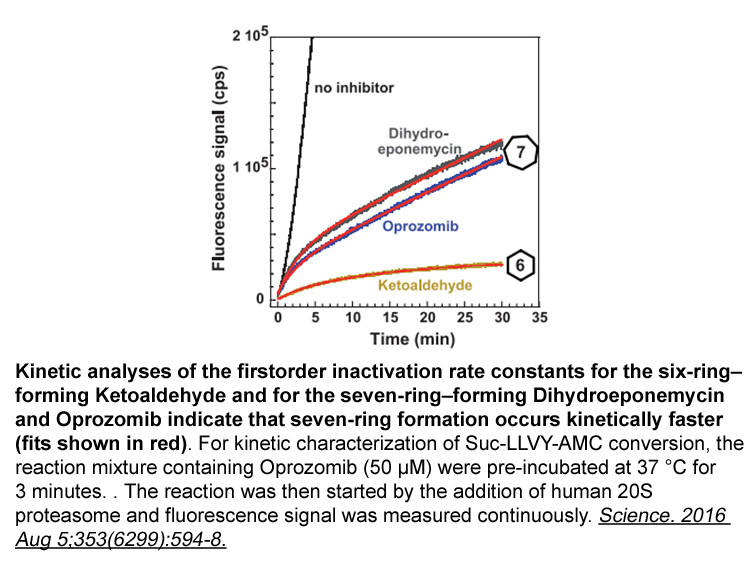
The goals of this study were to evaluate if human fetal gallbladder contains a clonogenic candidate stem cell population and compare its phenotypic and expression profiles to those of fetal IHBD cells. The evaluation of human fetal gallbladder stem E-4031 would have important ramifications for the
-
br Materials and methods br Results br Discussion
2018-10-20
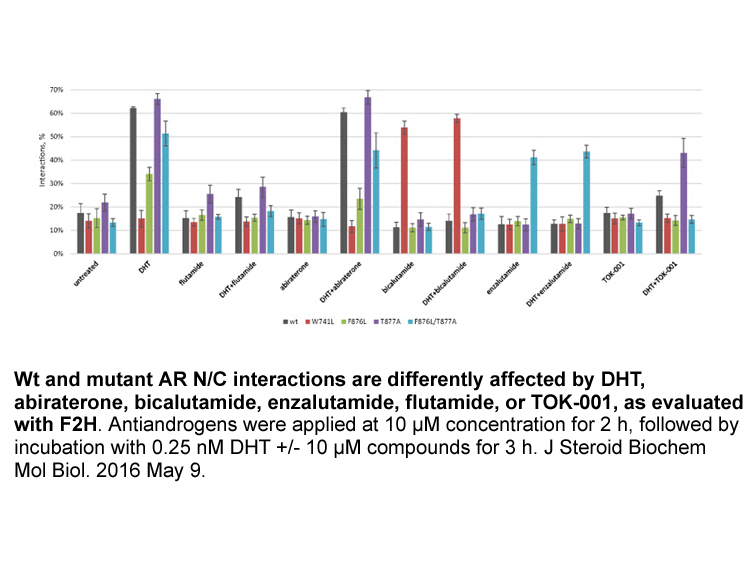
Materials and methods Results Discussion The present study showed that CBL treatment enhanced the survival of grafted NSCs in APP tg mice. In contrast, in the vehicle-treated group there was decreased survival of transplanted neuroblasts that was worse in the APP tg mice. This is consistent
-
To derive hiPSC from patient fibroblasts we adopted
2018-10-20
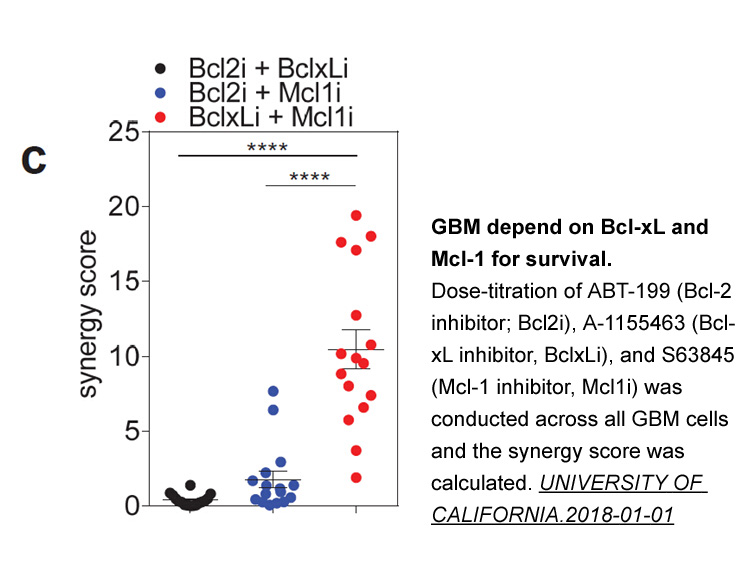
To derive hiPSC from patient fibroblasts, we adopted previous protocols (Okita et al., 2011; Rasmussen et al., 2014) and electroporated the patient\'s skin fibroblasts with episomal plasmids expressing human OCT4, SOX2, L-MYC, KLF4, NANOG, LIN28, and short hairpin RNA against TP53. To demonstrate th
-
br Experimental Procedures br Author Contributions
2018-10-20
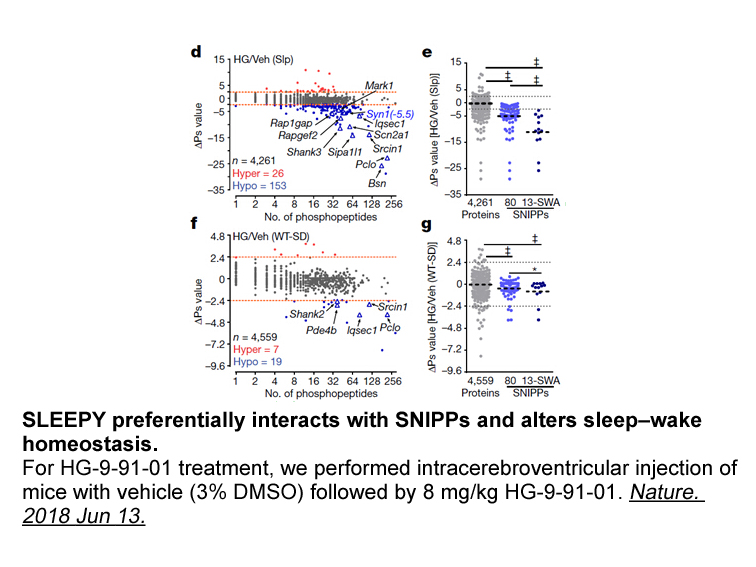
Experimental Procedures Author Contributions Acknowledgments We would like to thank Karthik Arumugam, Lucia Marucci, and Elisa Pedone for critically reading the manuscript; Bruno Di Stefano for suggestions to iPSC generation experiments; and Vanessa Chigancas and Neus Romo for technical sup
-
br Experimental Procedures br Acknowledgments br Introductio
2018-10-20
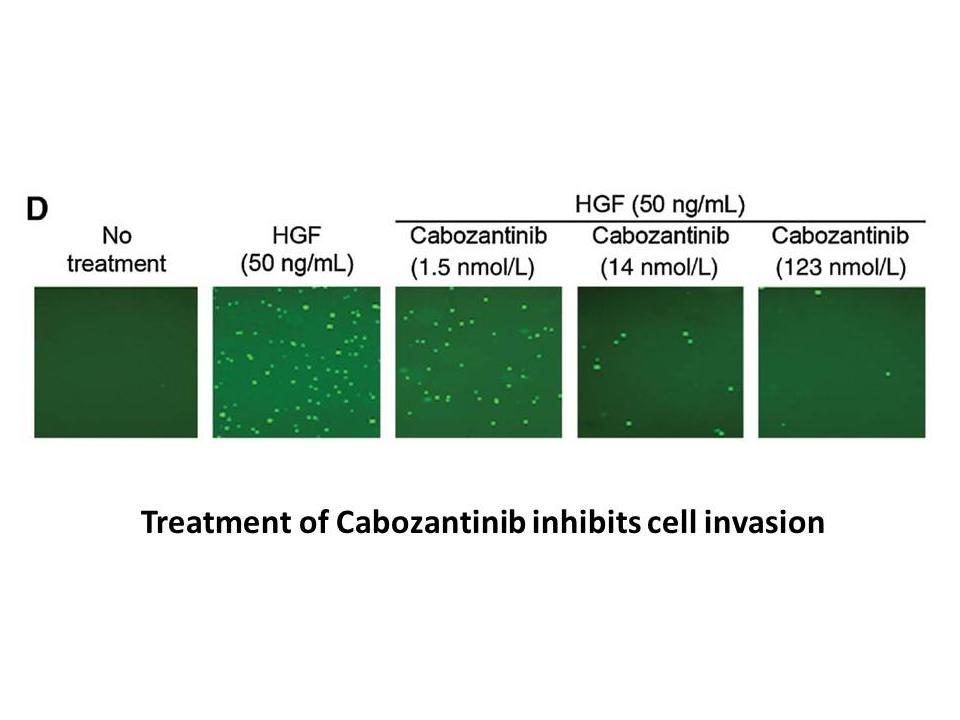
Experimental Procedures Acknowledgments Introduction Induced pluripotent stem apigenin (iPSCs) can be generated by introducing OCT4, SOX2, KLF4, and c-MYC (Takahashi et al., 2007; Takahashi and Yamanaka, 2006) or other combinations of reprogramming factors (Stadtfeld and Hochedlinger, 2010
-
We exploited the fact that the eHBs
2018-10-20
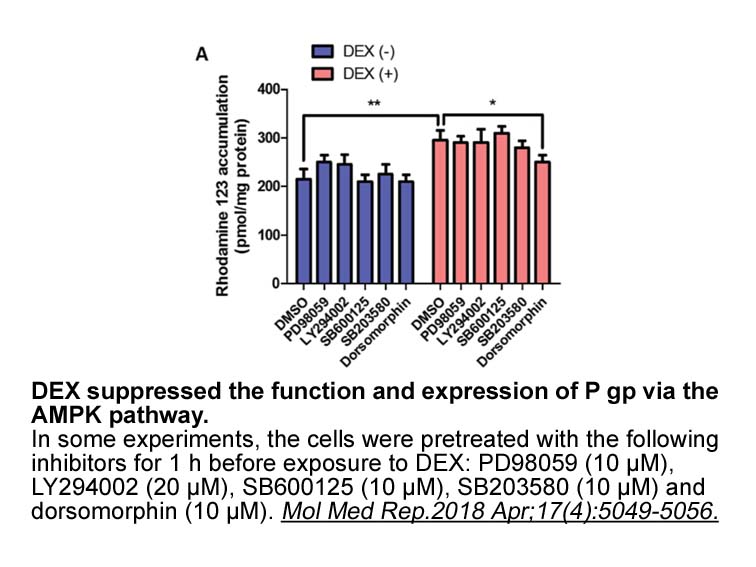
We exploited the fact that the eHBs were trapped as progenitors to analyze the effect of specific growth factors upon them and uncovered a central role for FGF (Figure 6). These data are consistent with studies in which FGF promoted the expansion of BL-CFCs derived from human or murine ESCs (Faloon
-
Consistent with our in vitro
2018-10-20
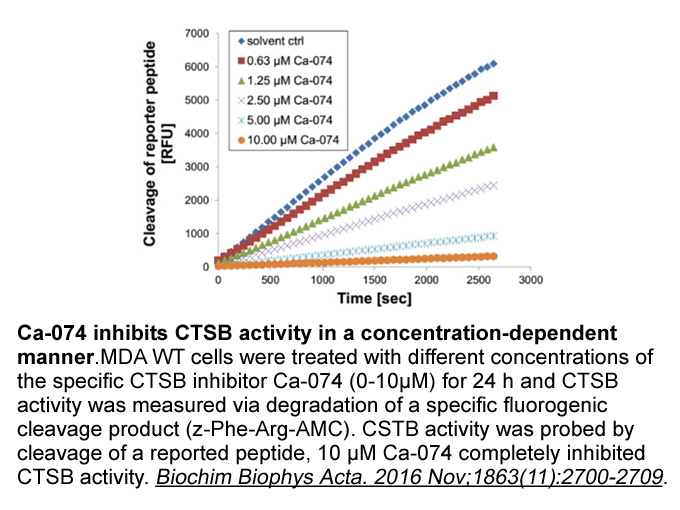
Consistent with our in vitro data, two recent genetic studies in the mouse provide strong in vivo evidence that Pdx1 is a bona fide transcriptional repressor. By E11.5, the pancreatic buds in Pdx1 null mutant embryos arrest and begin to regress (Ahlgren et al., 1996; Offield et al., 1996). Recently,
-
Small molecules have demonstrated great potential
2018-10-20
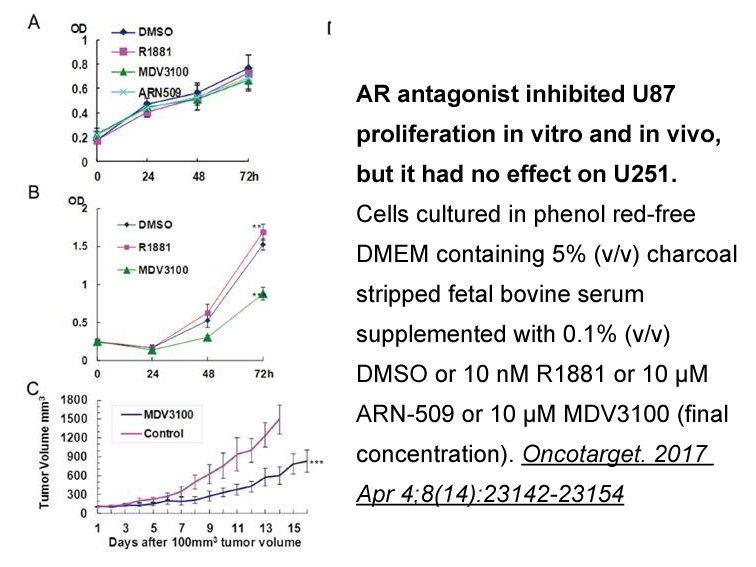
Small molecules have demonstrated great potential in modulating cellular fate and functions. A milestone work showed that mouse iPSCs were successfully induced from mouse embryonic fibroblasts (MEF) via six chemical molecules, in the absence of Yamanaka reprogramming factors (Hou et al., 2013). Rece
-
Barasertib br Results br Discussion Many key pluripotency
2018-10-20
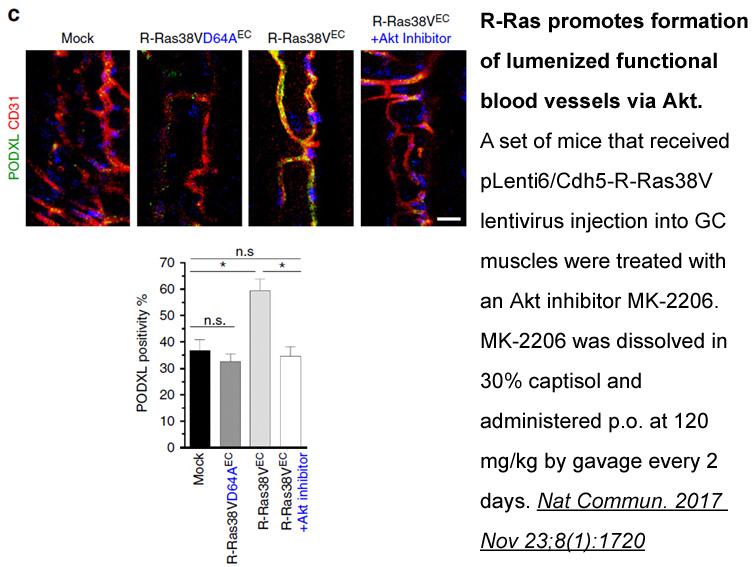
Results Discussion Many key pluripotency TFs bind within close proximity to specific genomic locations and therefore cooperatively control the expression of key genes (Chen et al., 2008). Overlapping functional TF Barasertib (Whyte et al., 2013) ensure the stability of the overall transcripti
-
A growing amount of evidence indicates that
2018-10-20
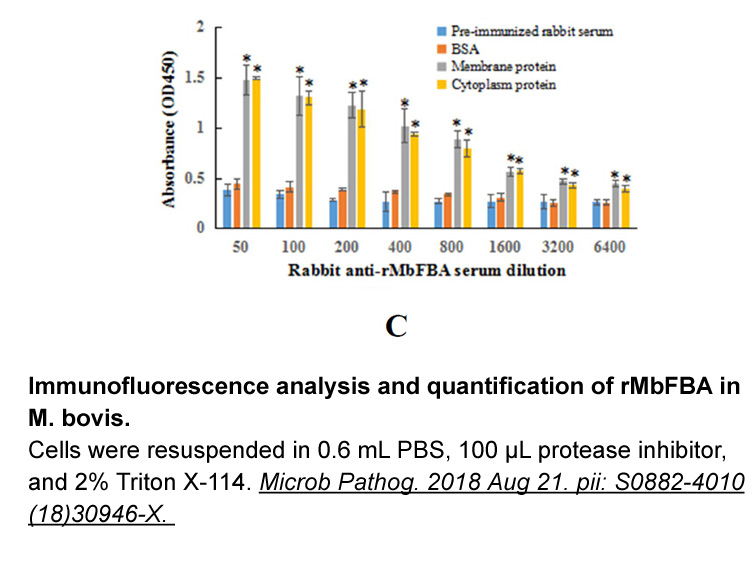
A growing amount of evidence indicates that PSCs initiate their differentiation program from the G1 phase of the EPZ 005687 where they are most susceptible to specification cues (Chetty et al., 2013; Jonk et al., 1992; Mummery et al., 1987; Pauklin and Vallier, 2013; Sela et al., 2012; Singh et al.
15771 records 1051/1052 page Previous Next First page 上5页 10511052